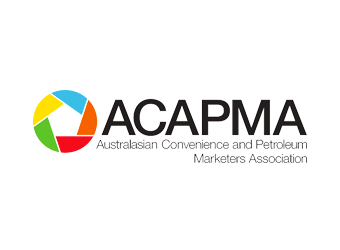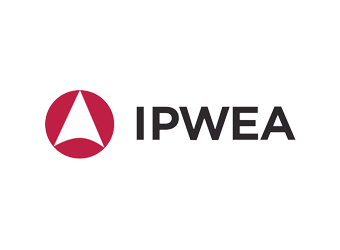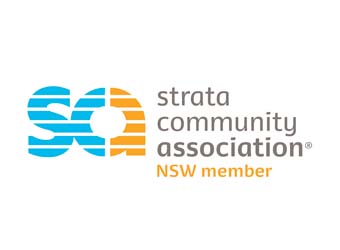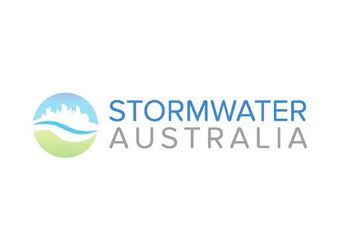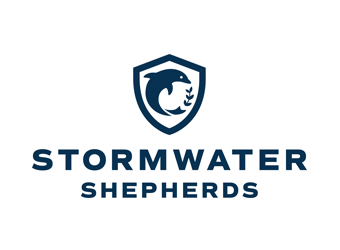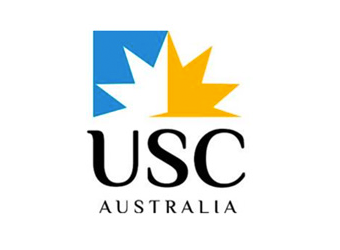Our cities are growing, and urban density is increasing. As surrounding natural environments shrink, the area of impermeable surfaces is on the rise – from car parks to industrial hardstand and residential rooftops.
These hard surfaces lack the infiltration qualities of the natural environment and leafy urban green spaces. This increases rates of surface runoff and diminishes the surfaces for stormwater to ‘soak’ or infiltrate.
During wet weather, and prolonged rains, our drainage networks are under strain. This leaves our cities more prone to flooding. So, how can stormwater detention help us alleviate this strain?
We can slow runoff and retain peak flows with the installation of detention infrastructure, such as OSD tanks (On-site Stormwater Detention) and chambers.
The benefits of stormwater detention assets are two-fold – they help to support our overwhelmed drainage network and mitigate local flooding. Putting this infrastructure underground can help us meet footprint constraints and maximise useable land, while preventing flooding of nearby drainage, creeks, roads, and property.
Above-ground assets and below-ground assets are different approaches to detention. Above-ground infrastructure is typically cheaper to build, but it is land-hungry and lacks scalability – for example, retention ponds.
Below-ground detention solutions are compatible with the footprint constraints of modern developments. Often designed for full trafficability, they can be employed underneath a wide range of environments – such as roads, fields, car parks, service stations, and transport depots.
SPEL Stormwater supplies many subsurface solutions to fit these scenarios. The SPELChamber offers high-density polyethylene infiltration chambers for detention with an open chamber design.
Alternatively, our locally manufactured concrete assets, the SPELVault and SPEL Megavault, are modular OSD tank designs suited for footprints of all sizes.
At Robina Central, requirements for 316,000 litres of detention volume were met by the SPEL Megavault. Installed in just two days, this detention infrastructure was able to be placed under the forecourt of the site’s service station.
End-to-end stormwater treatment included hydrocarbon capture and filtration – using the SPEL Puraceptor and SPELFilter respectively. This ensured water quality and quantity requirements were both met without affecting above-ground real estate.
This ability to meet on-site footprint, and maximise available land, means that underground stormwater assets are an important design philosophy for our changing urban landscapes.






